Living on the Edge in Bolivia’s ‘Suicide Homes’
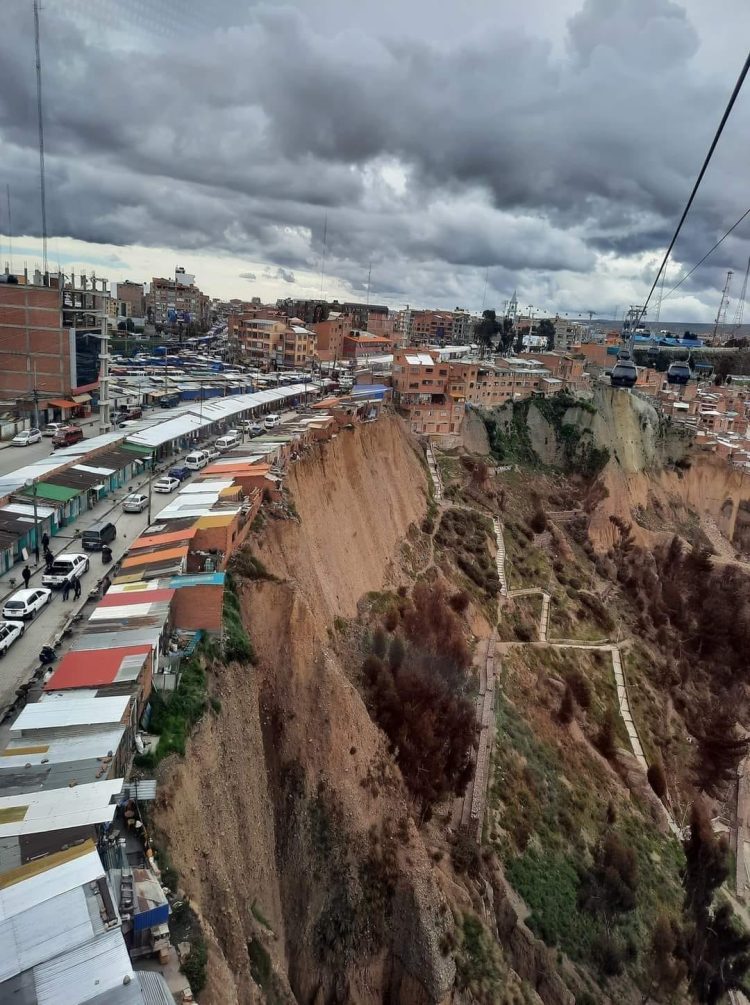
Hundreds of buildings located on the edge of a steep earthen cliff on the outskirts of El Alto, in Bolivia, have been dubbed “suicide homes” because of the high risk of a devastating landslide. Located on Avenida Panorámica and in La Ceja, one of the busiest commercial areas of the city of El Alto, Bolivia’s […]
Boy Allows Himself to Be Bitten by Black Widow to Become Spider-Man
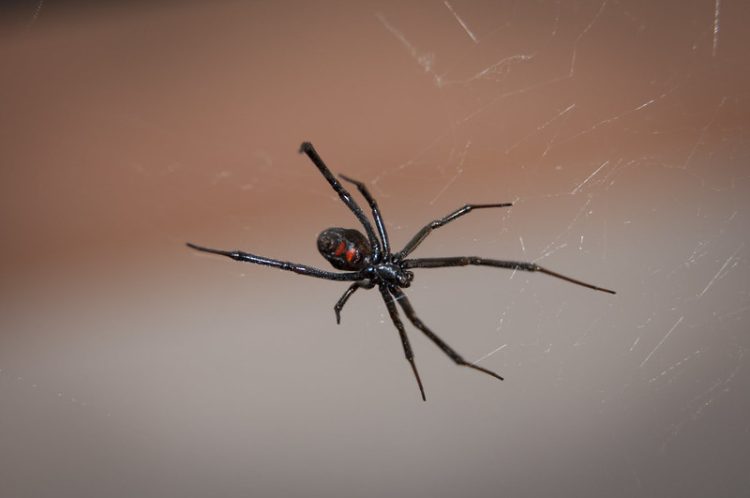
An 8-year-old Bolivian boy ended up in the hospital after allowing himself to be bitten by a dangerous black widow spider in order to become like his favorite superhero, Spider-Man. The incident occurred in the municipality of Vichuloma, near the city of Oruro, in Central Bolivia. The 8-year-old child, whose name has not been revealed […]
Bolivian State Airline Hires “Interspecies Communicator” to Find Passenger’s Missing Cat
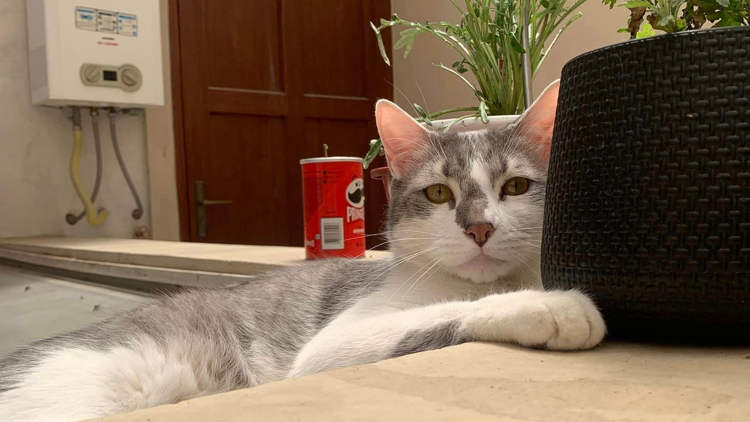
Bolivia’s state airline has become the target of ridicule after hiring an “interspecies communicator” to track down a passenger’s missing pet cat. The disappearance of Tito the cat has been a matter of state business in Bolivia for about a month, ever since the feline was lost by staff of Bolivia’s state-owned airline. Tito’s owner, […]
Route 36 – Bolivia’s Notorious Cocaine Bar

Route 36 is an illegal pop-up bar in the Bolivian capital city of La Paz notorious for being the world’s first and only cocaine bar. South America is home to many popular tourist attractions, like the ruins of Machu Pichu, the Salar de Uyuni salt desert, or Angel Falls, but when it comes to drug […]
Three Kids Get Themselves Bitten by Black Widow So They Could Become Real-Life Spider-Men
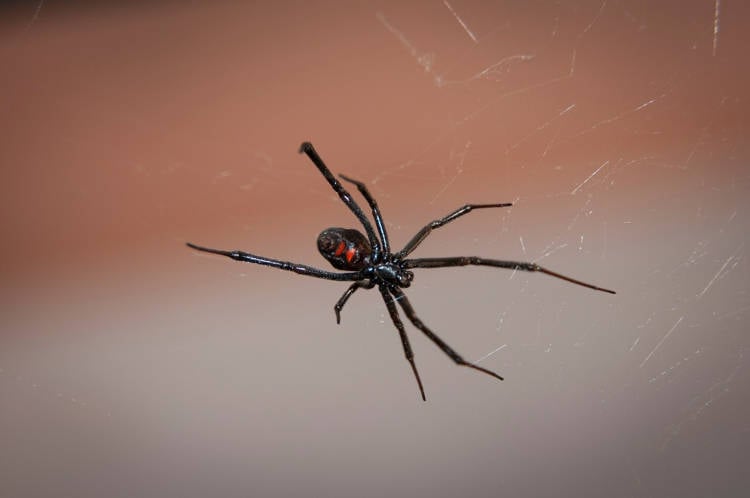
Three young boys in Bolivia wound up in the hospital after coercing a black widow spider to bite them, to see if they transformed into superheroes, just like Spider-Man. Marvel’s Spider-Man is one of the most beloved fictional super-heroes, with many kids spending hours on end imitating his web shooting moves. There is nothing wrong […]
Skinny Criminal Escapes Jail by Squeezing Through the Bars of His Cell
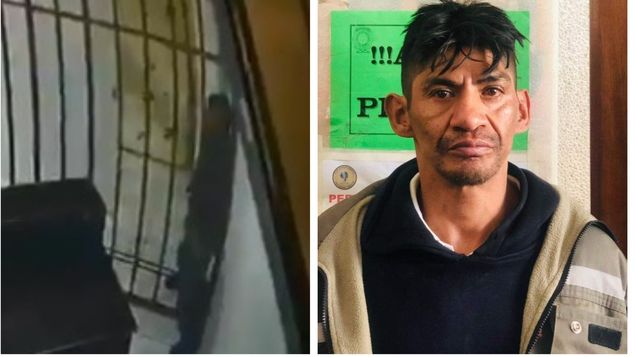
A Bolivian petty thief recently made international news headlines after it was reported that he managed to escape from jail by squeezing through the bars of his jail cell. Jorge Mantilla, aka “Coco”, was originally arrested by police in La Paz last week, after a CCTV video showing him breaking into a residence in the […]
Man Disguises Himself as a Woman to Take College Entrance Exam on Her Behalf

A male student at the Universidad Mayor de San Miguel, in Cochabamba, Bolivia, was recently apprehended while trying to take the college entrance exam on behalf of a female applicant, disguised as a woman. 19-year-old Bryan G. was already a Systems Engineering student at the Universidad Mayor de San Miguel, but on February 6th, he tried […]
Bolivian Townsfolk Put Mayor in Stocks for Doing a Poor Job Serving Them
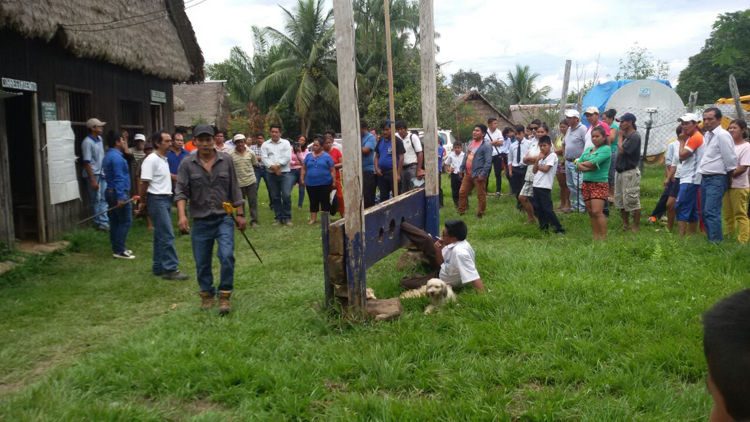
In most countries, the only way you can punish politicians and civil servants for not doing a proper job is by not voting for them in the next elections, but in Bolivia, they have a thing called “social justice”. The people of San Buenaventura, a small town in northern Bolivia, recently made good use of their […]
Bolivian Man Builds Transformers-Themed Houses for the Rich
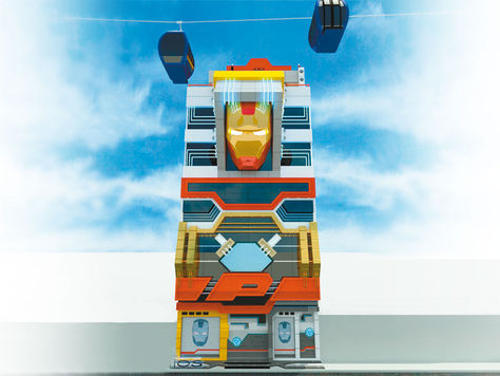
Santos Churata has been a fan of the Transformers universe since early childhood. Now a licensed home builder in the Bolivian city of El Alto, the 34-year-old uses his passion for autobots and decepticons as inspiration for the design of eye-catching houses for the rich. The city of El Alto, located at 4,070 meters above sea […]
14-Year-Old Boy Designs His Own Prosthetic Hand for Just $100

Unable to find a prosthetic hand that fit him him properly, Leonardo Viscarra, a 14-year-old boy from Bolivia, decided to build one himself, using 3D-printing technology. Leonardo was born with an undeveloped left hand. As a fetus in his mother’s womb, the boy’s right hand was caught in the placenta and unable to develop properly. He […]
Meet the Middle-Aged Cholitas Conquering the Highest Mountains in South America
Most mountaineers wouldn’t venture out on an expedition without the proper gear and attire, but a group of Bolivian women have shocked the world by climbing some of South America’s highest mountains – all while wearing their traditional attire of colorful, layered skirts. Dressed in ‘cholita paceñas’ outfits complete with Andean ‘aguayo’ shawls and knitted […]
Huachito, “Bolivia’s Most Loyal Dog”, Still Waits for His Master Five Years after His Death

Huachito is an extremely faithful Bolivian dog, named after his famous Japanese counterpart, Hachiko. Just like Hachiko, who stunned the world with his loyalty to his dead owner, Huachito is mourning the death of his beloved human friend. Huachito, ‘Huachi’, or simply ‘Hachi’ to some, is of an unknown breed. This remarkable dog has surprised […]
Bolivian Movie Marathon Exceeds 200 Hours, Sets New Guinness Record

I love watching movies, but doing it continuously for over 200 hours seems like an impossible feat. But not for two Bolivian movie aficionados who recently won a national movie marathon contest and split a prize of $10,000. Last year, Bolivia set a new world record for the longest movie marathon. Felipe Gonzalo Ticona managed to stay […]
San Pedro Prison – Bolivia’s Most Bizarre Tourist Attraction

San Pedro Prison is the largest in La Paz, Bolivia, housing around 1,500 inmates, but that’s not what makes it special. Unlike most penitentiaries around the world, this place is a self-organized community with its own market stalls, restaurants, hairdressers and even a hotel. Oh, and no guards. You’ve probably heard of or seen special prisons before. […]
The Flying Men of Bolivia’s Yungas Valley

It truly amazes me how people are able to find great shortcuts in any kind of situation. A while ago, we wrote about Bamboo Drifting , which was a means to cross rivers in China by balancing on a thin bamboo pole. Deep valleys exist in the jungles of Bolivia too, but the locals have chosen […]
